Anybody who has successfully grown their own vegetables understands the effort inherent in cultivating a successful crop – it is hands-on and requires focus and attention.
Imagine, then, the challenges facing farmers growing food for a nation. They need seeds that make their lives as easy as possible in the face of pests, different soil conditions and changing weather patterns. This is where the science of seed breeding comes in.
The Starke Ayres vegetable seed company is one of the oldest seed companies in South Africa. Initially, it marketed seed sourced from all over the world, but started its own vegetable breeding programmes in the 1980s.
In 2012, Starke Ayres established its own pathology and biotechnology labs in Kempton Park, near Johannesburg. An experienced plant pathologist was appointed and various protocols for evaluating seed health were introduced.
At the time, the company employed eight breeders to work on onion, tomatoes, squash, butternut, pumpkin, sweetcorn and beans. They also screened all other vegetable crops that Starke Ayres was marketing from its suppliers.
The breeders worked mainly at research stations in the Lowveld, the Highveld, the Northern Cape, the Karoo and the KwaZulu-Natal
Midlands, but also performed smaller trials at various other sites around the country.
A glasshouse complex was built in 2013 so that the inoculation of breeding material with specific pathogens could be carefully controlled for precise and consistent disease-resistance evaluation.
Recent developments
In the past 10 years, the Starke Ayres Research Department has grown immensely and in 2022 boasted a headcount of more than 100. Twelve of the team are laboratory-based (pathology, biotechnology, bioinformatics) and 90 are farm-related support staff.
There are now 12 breeders, with two or three sharing responsibilities for major crops like tomatoes, onions and squash. Apart from research stations in South Africa, trials are also conducted in several other African countries and overseas.
It is impossible to implement a one-size-fits-all approach in the global environment. While yield and nutritional value are important, the sales potential of the market plays a major role in the breeding efforts for each crop. In general, more research is done for vegetables with a higher market value and where molecular markers are available. (Molecular-marker technology enables plant breeders to select individual plants based on their marker pattern [genotype] rather than their observable traits [phenotype].)
Crops with smaller markets tend to have only a few varieties that are marketed widely, and still rely heavily on conventional breeding techniques. As molecular breeding becomes cheaper and information about various vegetables more available, breeding practices will shift accordingly.
This is because conventional plant-breeding techniques alone will only be able to deliver a fraction of the yield increases required to meet growing global needs. Starke Ayres therefore keeps abreast of new developments in biotechnology and uses these extensively in its breeding programmes. Combining conventional breeding in the diverse South African environment with biotechnology ensures that Starke Ayres’s vegetable varieties dominate local markets and
are gaining traction in markets around the world.
Initially, most vegetable cultivars marketed through Starke Ayres were either open-pollinated cultivars (OPs) available to the public, or hybrid cultivars sourced from overseas seed suppliers. Most of the Starke Ayres breeding programmes were started in Greytown, KwaZulu-Natal, in the late 1980s from OPs and lines of varieties that were publicly available.
From the beginning, the Starke Ayres breeders were hands-on and highly motivated, and conducted physical plant breeding, as well as developing and managing the company’s various research stations and farm teams.
Let’s look at some of the breeding programmes in more detail …
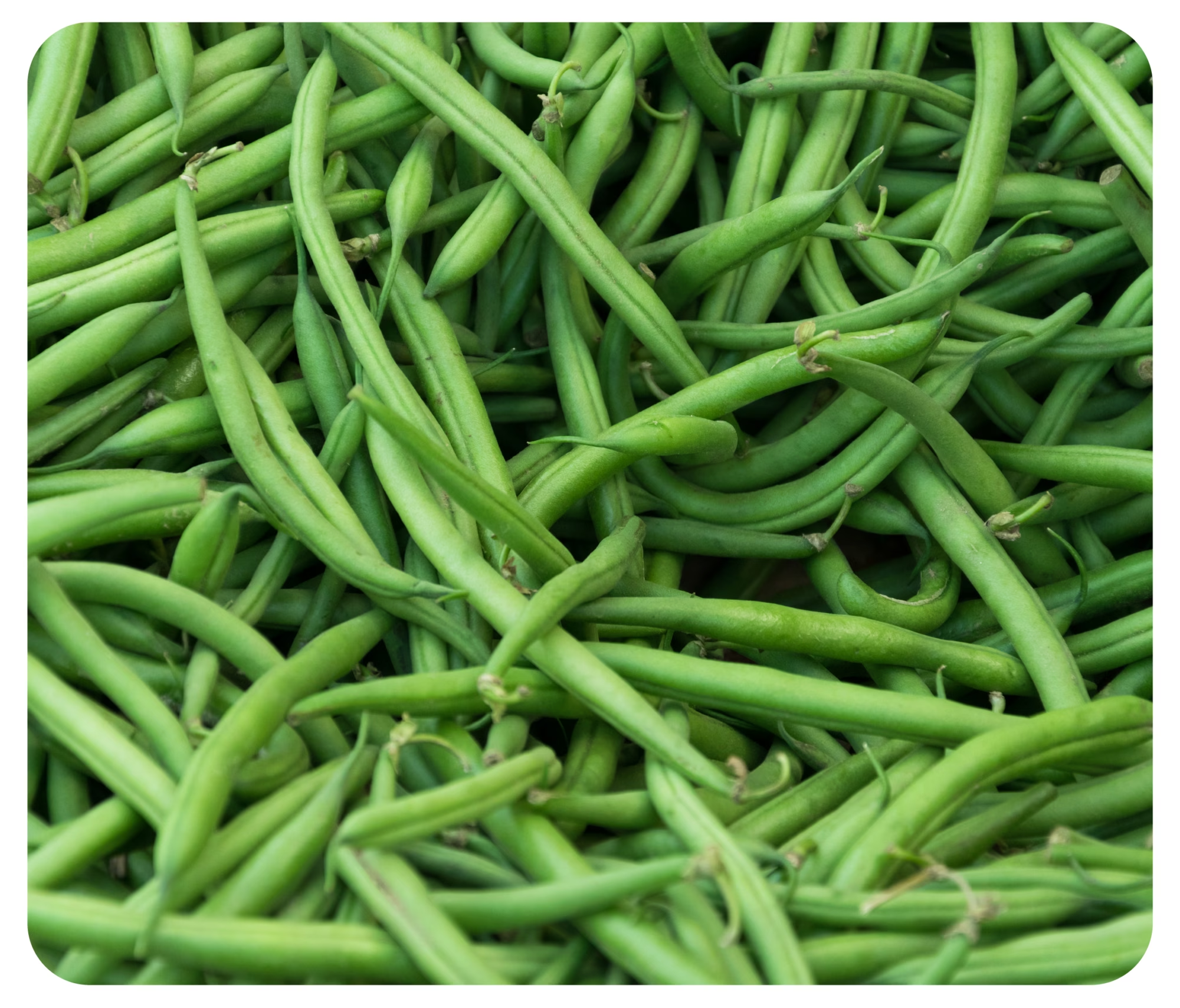
Green bean
The Starke Ayres green bean breeding programme has its origins in Greytown in 1990, with the first commercial variety being released in 2000.
The rising cost of labour in South Africa has influenced the methods of green-bean harvesting and, consequently, the ideal plant characteristi s for different harvesting methods. Green beans for the processing market are exclusively mechanically harvested, whereas beans destined for the fresh market are harvested by hand.
The newest Starke Ayres green bean variety, which has plant characteristics more suitable to the harvesting requirements of the processing market, delivers a 10% increase in pod yield over its earliest competitor.
The South African green bean market is stable, but worldwide there is a large market for adapted green beans with the desired disease resistance for specific environments. This offers an opportunity for programme expansion into new geographic markets.
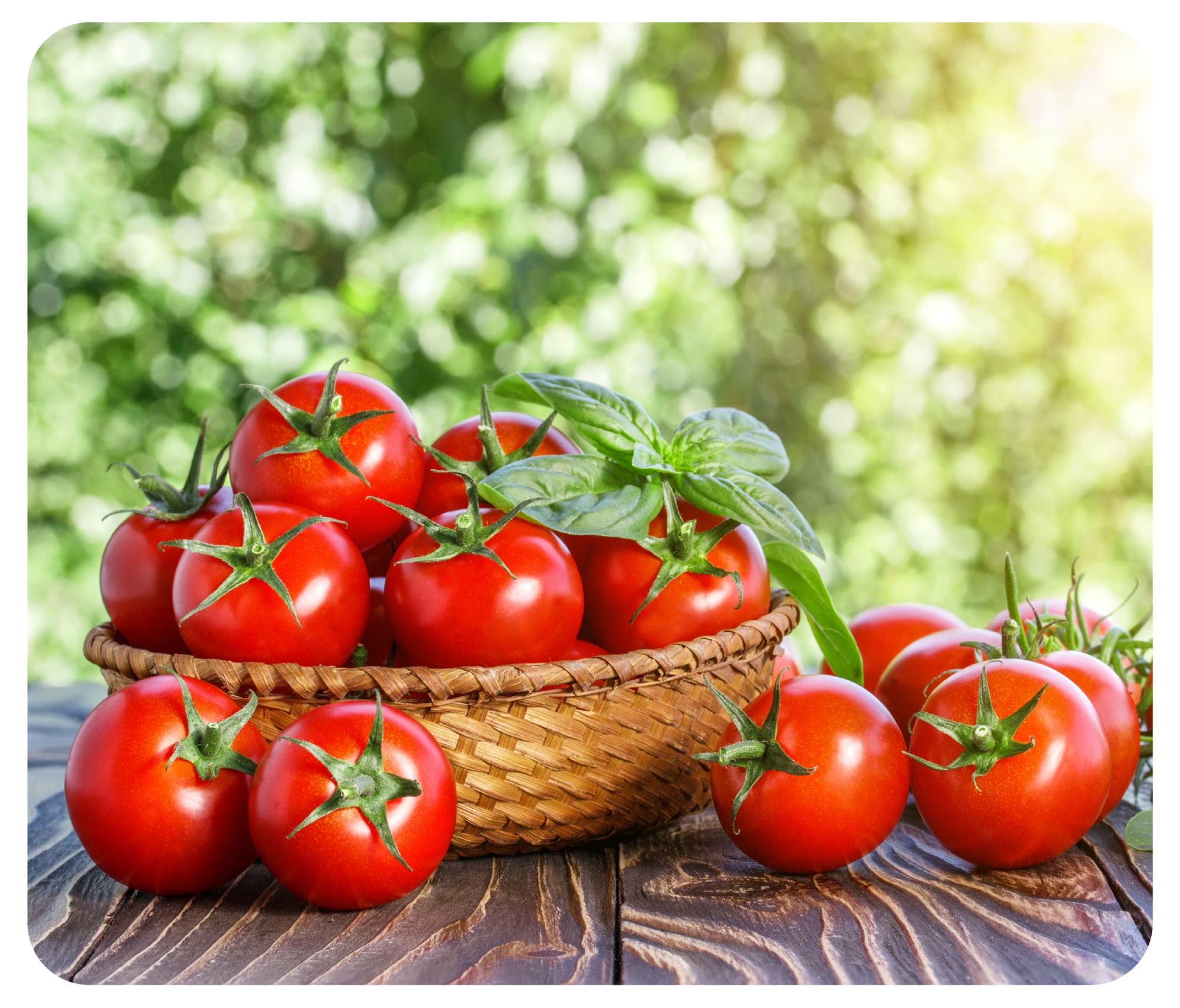
Tomato
Tomatoes are second only to potatoes in terms of global vegetable production. In 2020, well over 250-million tonnes of tomatoes were produced globally. The global per capita consumption is around 12.1 kg a year, while in South Africa it is a comparatively low 9.8 kg a year. This does not mean that our production methods are below par, however. The tomato breeding programme at Starke Ayres was initiated in 1989, but was given real impetus by the introduction of DNA marker-assisted selection in the early 2000s. Since then, the Starke Ayres tomato breeders have remained abreast of all the latest scientific and technological developments from around the world.
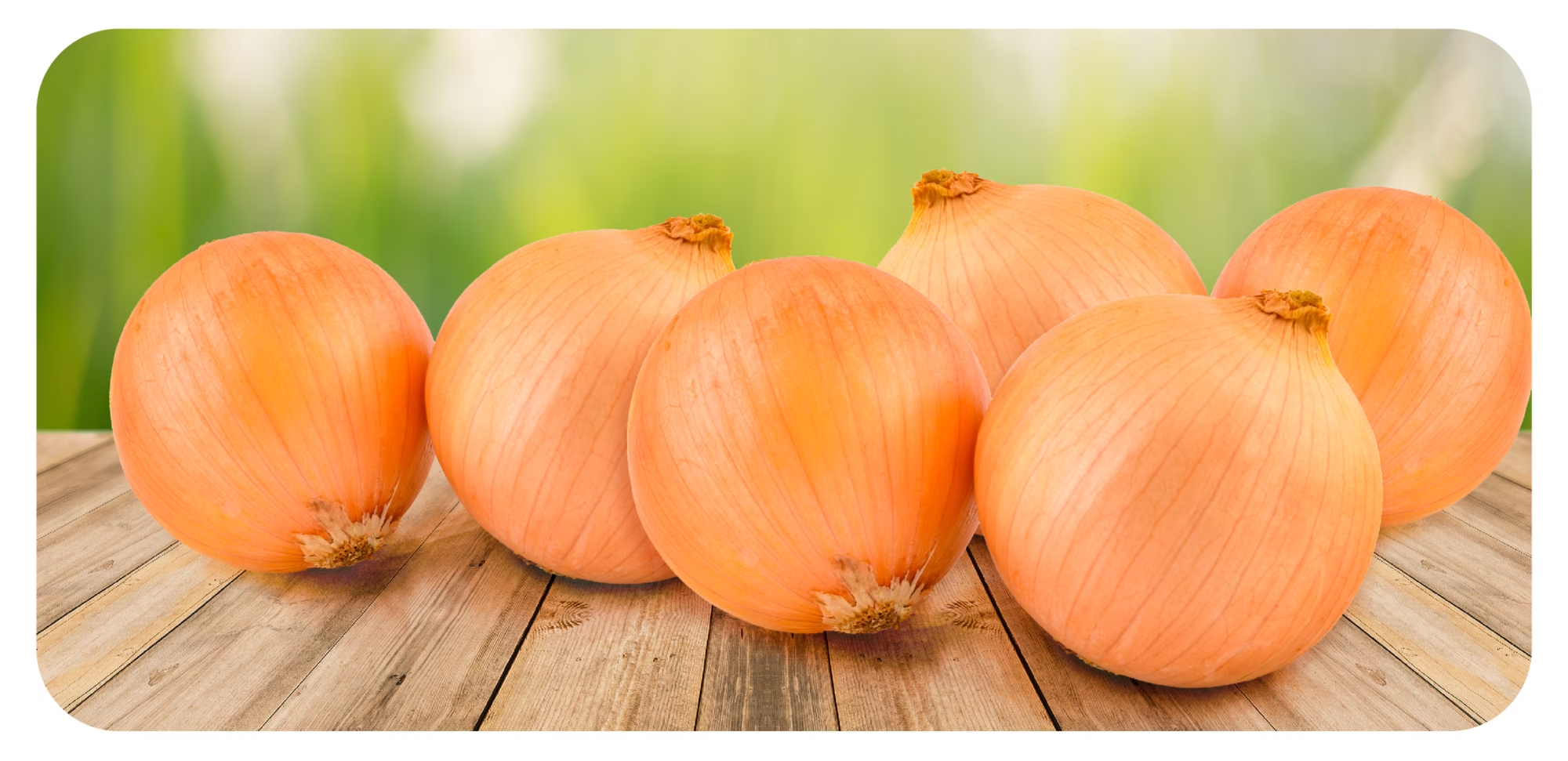
Onion
After potatoes and tomatoes, onions are the third most popular vegetable crop in South Africa. The Starke Ayres onion breeding programme started in 1990 in Greytown and, although progress was initially slow, the first commercial short-day brown hybrid onion, STAR 5522, was released in 2004.
There were, however, some enormous challenges getting the onion-breeding programme off the ground. This is mainly because onions take two growing seasons to complete a single generation. In the first season, the seed is grown out to a bulb; in the second season, the bulb is grown out to flower, which is pollinated by insects, and then the new generation of seed is harvested.
The natural inclination of an onion to initiate flowering and to produce many large flowering umbels during this two-phase process is in direct opposition to the onion breeder’s intent to produce a cultivar that doesn’t split or bolt. While incredible advances have been made over the years and breeding hybrids with quality bulbs and high yields are now quite common, splitting and bolting make breeding and selection a constant challenge.
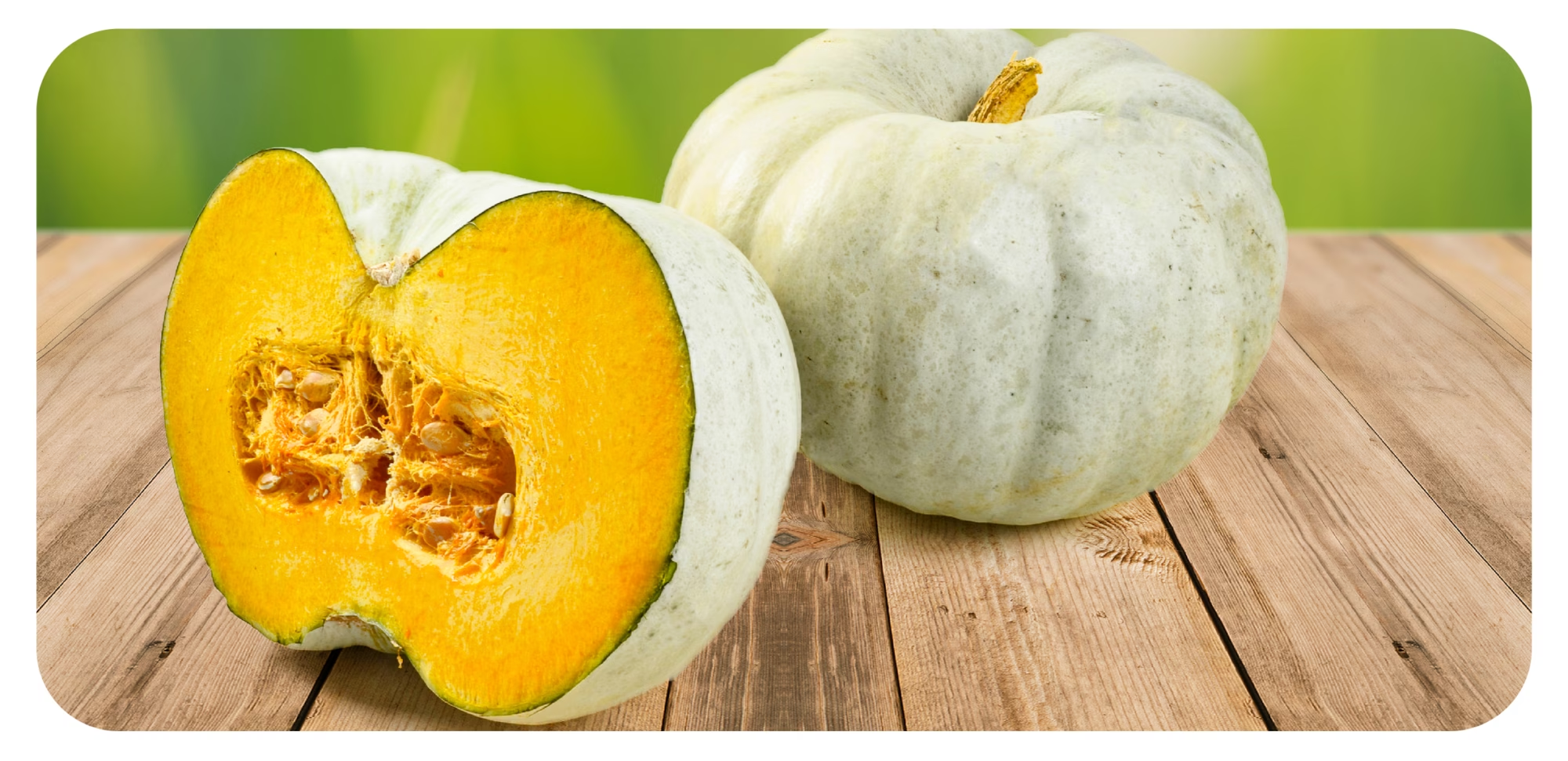
Pumpkin
While not much is known about the initial breeding work done by the Starke brothers in the early 1900s, they released a gem squash called “Little Gem” in 1911, and one can assume they must have worked on other cultivars along the way.
The current Starke Ayres C. maxima breeding programme started around 1990.
One of the advantages of breeding pumpkins in South Africa has been that Starke Ayres has been able to fit two generations of pumpkin-field plantings into a year. By starting to plant early in spring in the eastern summer rainfall area around mid-September, the pumpkins are ready to harvest before the end of February. In March, a second crop is planted in the frost-free northern Lowveld and this is ready for harvest by August
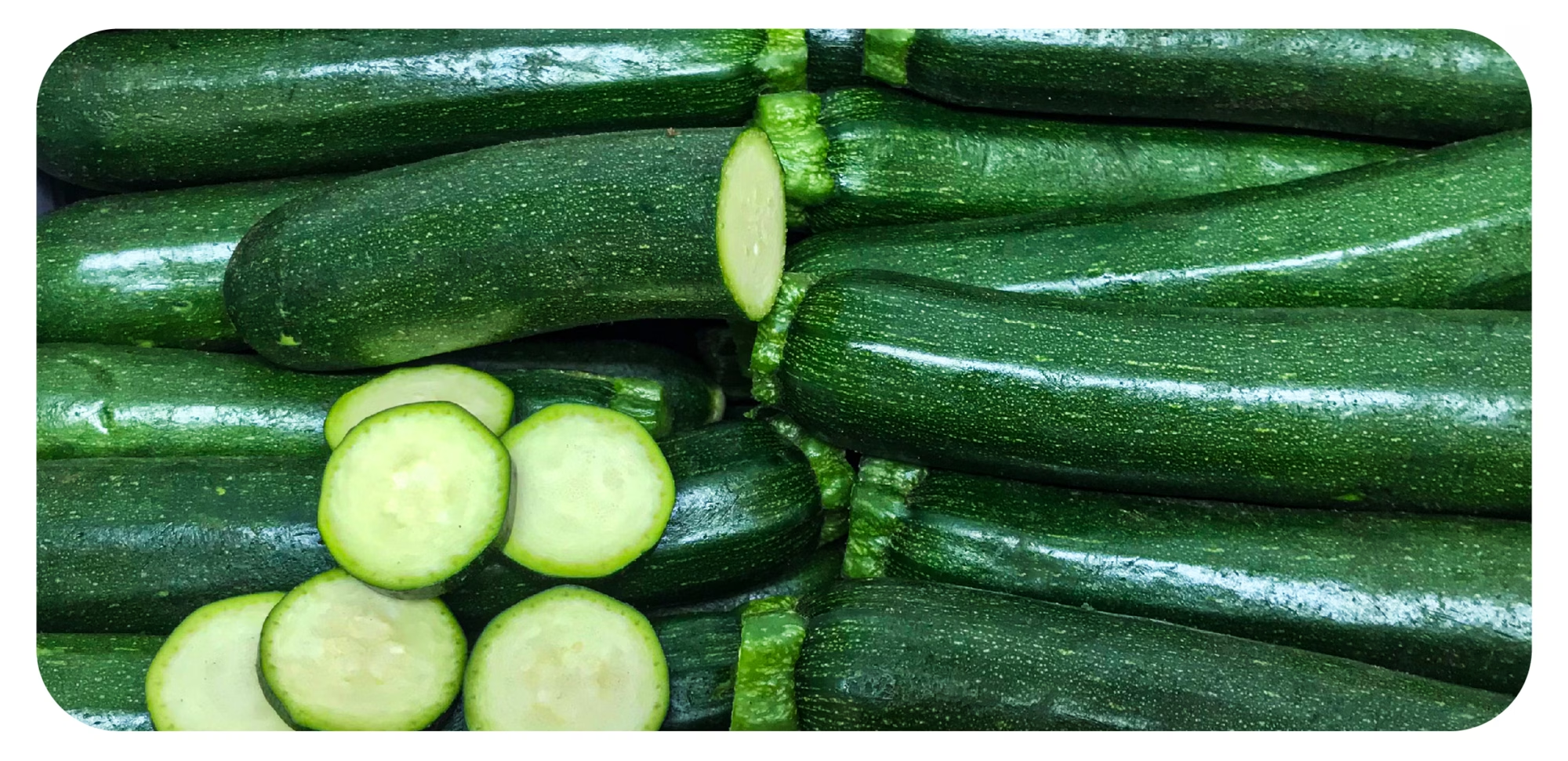
Squash
Starke Ayres released its first gem squash hybrid in 2000, an improvement on the open-pollinated Rolet variety. Being a hybrid, it produced significantly increased yields, and the restricted growth permitted mechanical weeding for a longer period – a massive benefit to crop management at the time.
The local zucchini market converted to hybrids in the mid-1990s, and the first Starke Ayres commercial hybrids were released in 2007, enabling entrance to a very competitive market. Fifteen years later, one of these varieties is still the market leader in Kenya and is consistently gaining market share in early-season plantings in the United States.
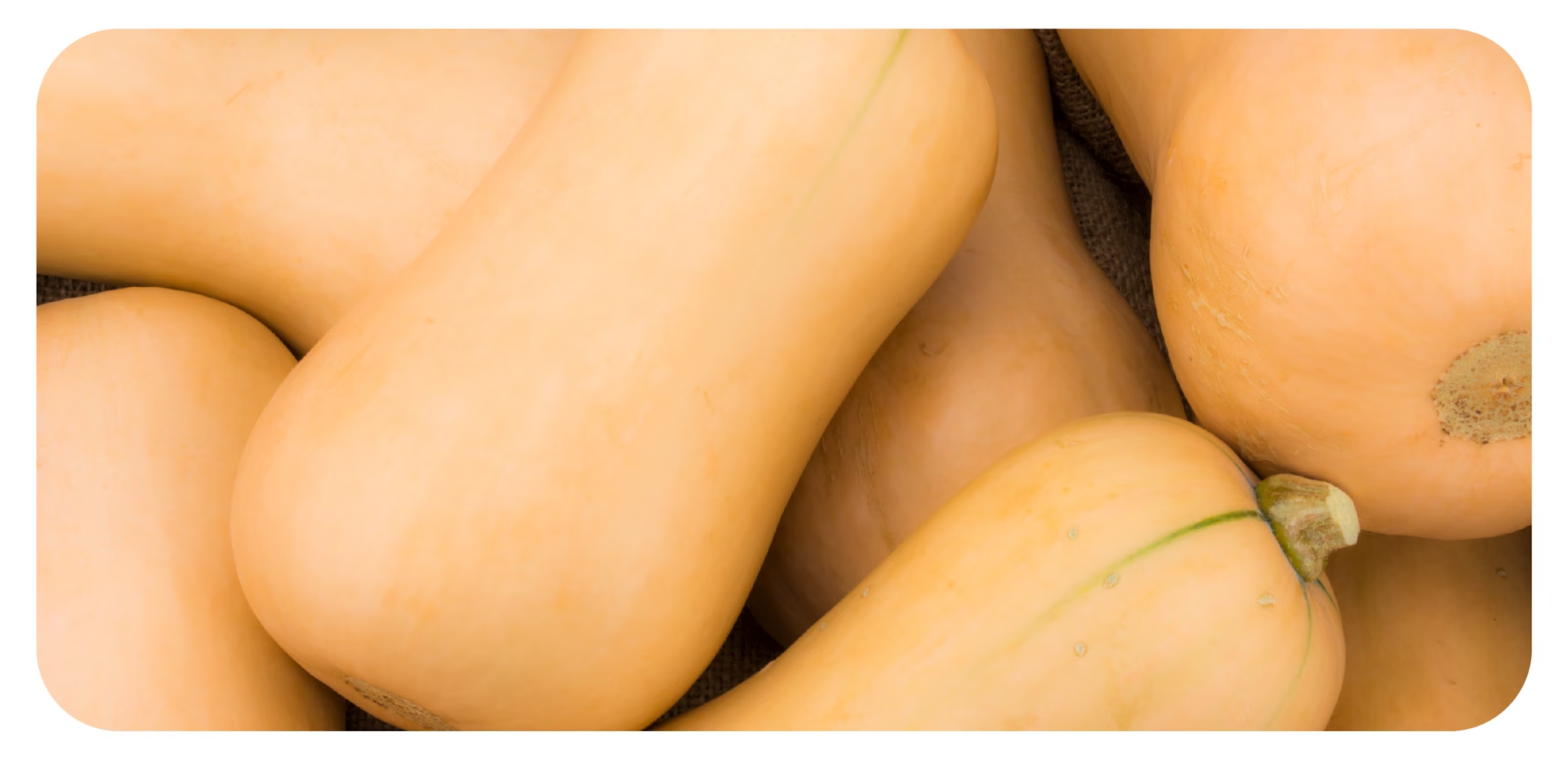
Butternut
Progress in developing a butternut hybrid was slow because of the need to share resources with other breeding programmes, but two hybrids were successfully released in 2011.
Producing a hardier plant has been a challenge for many years, especially in early-maturing plants. Starke Ayres, however, is currently on the brink of releasing a plant with improved uniformity and stability, mostly thanks to its larger plant frame and darker leaf colour and because it is a stronger plant overall. In addition, a recent shift towards the development of markers aimed specifically at disease-resistance breeding will soon see the next generation of butternut emerge.
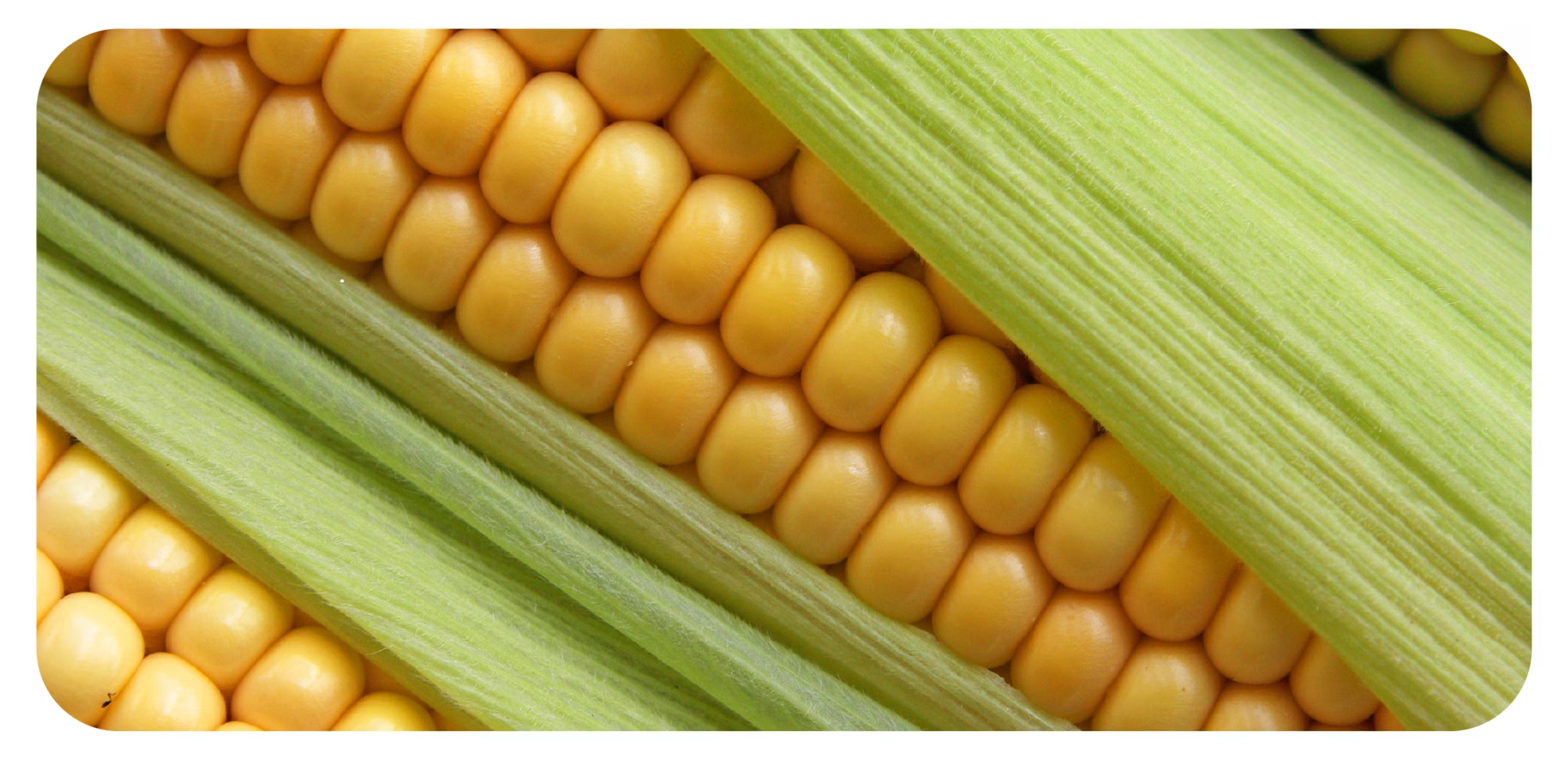
Sweetcorn
Today, there are three main genetic groups that determine the sweetness of sweetcorn: standard or sugary (su); super-sweet or shrunken (sh2); and sugary enhanced (se).
The Starke Ayres sweetcorn-breeding programme started in 1992 in Greytown and initially focused on the su type. In the early years, all line development, evaluations and disease and hybrid screenings were done in Greytown. As the programme expanded, additional summer and winter breeding nurseries were added across South Africa. Nurseries in different environments ensure that heterosis and adaptability are maximised by combining parent lines developed in different locations.
As the breeding programme evolved, more focus and effort went into improving the hybrids by screening for better environmental adaptability, less silk jamming, longer ears in winter-production areas, and seed producibility.